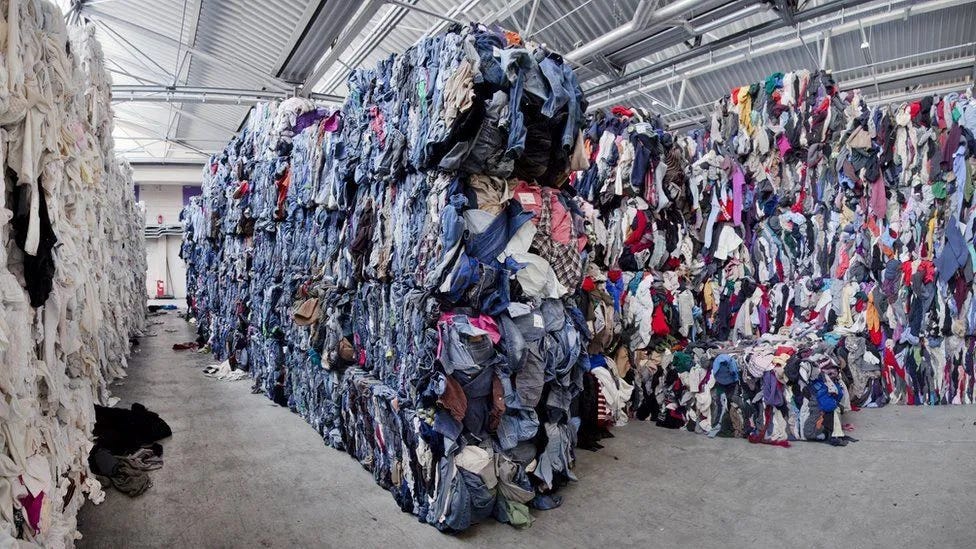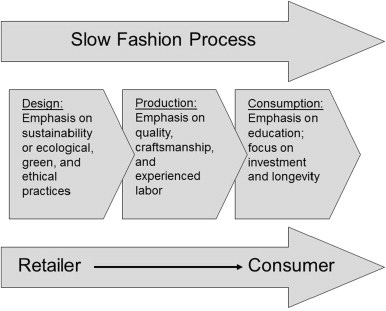The Impacts of Fast, Slow, and Thrifted Fashion
In honor of NYFW next week, a look at the three commonly discussed categories of fashion today and their environmental impact.
If you are at all engrossed in conversations surrounding climate change and sustainability, you have probably heard that fast fashion negatively impacts the environment. The industry is heavily reliant upon natural resources. Cotton, a predominant material in fast fashion clothing, is a hoarder of natural resources. It takes 10,000 liters of water to produce one kilogram of cotton, or comparatively, 3,000 liters of water to produce one cotton shirt. Another issue is the plastic production that occurs on account of these “fast” garments: 35 percent of all micro plastics come from the synthetic materials produced in large sum by the fast fashion industry, such as polyester. Additionally, the low cost of these materials leads to overconsumption, both in part to consumer habits and the poor quality of the clothing itself.
57 percent of discarded clothing from both consumers and producers alike leads to eventual incineration, which can pose serious threats to the health of of neighborhoods near the incineration sites. There are technological initiatives that aim to capture the pollutants in the air, yet more often than not, they remain present and transform into dangerous substances which return to landfills and pollute the air.
There have been some initiatives within technology to limit our cotton usage. For example, viscose (or rayon) is a common cellulosic fiber made up of wood pulp. While it is an alternative to overused cotton, it also utilizes unethical resourcing practices and harmful chemicals. In fact, viscose leads to higher amounts of greenhouse gas emissions when objectively compared with cotton.
There are alternatives to the fast fashion industry, such as “slow” fashion and thrift shopping. The concept of slow fashion is a response to the relentless consumerism that accompanies fast fashion, as the industry aims to be more mindful about its production habits as well as its consumer practices. The clothing is made to last much longer, encouraging those who purchase to do so with the intention of wearing the piece for a longer time. This usually entails a shift away from synthetic materials, which tend to wear down faster, and replaces those with linen and organic cotton.
Finally, thrift shopping is a circular system, meaning that no new clothing or materials are entering the industry. This limits both production and consumption; however, with the rise in thrifting’s popularity, it is also important to practice moderation to leave clothes for everyone. Just because the clothing items are less expensive, that should not warrant a pattern of repeated consumption and waste.
While learning about alternatives to fast fashion is an important step in minimizing the industry’s toll on the environment, the most important step across the board is to limit consumption when possible. Not everyone has the means to buy “slow” fashion or lives within the vicinity of a viable thrift shop, but taking whatever steps you can to reduce demand within the industry can result in collective change.



